Eight Bells: Alan Bond
Published on June 5th, 2015
Alan Bond, one of Australia’s most colourful businessmen and yachtsman, is dead at 77. Bond died June 5, 2015 following complications after open-heart surgery.
Alan Bond had perhaps the most notorious rise and fall of any Australian public figure: celebrated for his entrepreneurial success and larrikin persona, he became a convicted corporate criminal several times over.
Bond epitomised the “Greed is Good” era, amassing an empire during the 1970s and ’80s that included resources, brewing, property and media interests. He became a hero after his dogged pursuit of the America’s Cup culminated in the victory at his fourth attempt. The 1983 success was the first time a non-American team had won the series. As his friend and Cup-winning Australia II skipper John Bertrand said, “He doesn’t know what it’s like to give up”.
But a spectacular unravelling in the years after the Cup victory left Bond’s businesses collapsing like a house of cards. He was declared bankrupt and imprisoned for a string of offences, including the largest corporate fraud in Australian history, leaving ordinary Australians – his shareholders – bereft in his wake.
Alan Bond was born in London on April 22, 1938, to Frank and Kathleen Bond, and the working class family emigrated to Fremantle, Western Australia in 1950. As a child he is believed to have suffered a bout of rheumatic fever, which weakened his heart valves.
As court documents would reveal many decades later, the young Bond had his first brush with the law while still a teenager, appearing in a Perth court at the age of 14 on charges of stealing and unlawfully being on premises. He was arrested again at 18 on charges of being on premises and reportedly admitted to planning to rob a house.
Bond never finished high school or went to university, famously taking up an apprenticeship as sign writer at 15. But he was ambitious, reportedly studying accounting in the evenings, with dreams of business success. In 1955, he married Eileen Hughes, whom he had met at a ballroom dancing class in Fremantle. Raised a Protestant, Bond converted to Catholicism for the marriage.
Bond made his fortune as a young property developer, where he soon displayed a relaxed attitude to truth. In one instance, as he later recalled on ABC’s Enough Rope, while working on a major waterfront development in Western Australia, he had the surrounding sand hills sprayed with bitumen and green paint so they would look like rolling green hills in a brochure.
In 1967, he founded a private company and bought retail, mining and media assets. In 1969, he launched his first public company, WA Land, which was a predecessor of Bond Corporation, which by 1982 had become Western Australia’s biggest company.
He was named Australian of the Year for 1978 but it was five years later that he became a national hero. His Australia II yacht, bearing a flag depicting the boxing kangaroo, won the America’s Cup to break a 132-year-winning streak for the US.
The victory became a defining moment in both national sporting and cultural history, that “showed what Australia was capable of”, in the words of the then Prime Minister Bob Hawke, who famously announced that “Any boss who sacks anyone for not turning up today is a bum” after most of the country stayed up to watch the deciding race. The image of Bond, in his green and gold tracksuit, preening and cheering on the deck, was beamed around the world.
The America’s Cup win was not just a boon for Bond’s personal image but for his businesses too.
In a period of prolonged economic expansion and booming assets prices and credit, and with the help of a generous taxation system, empire-building on debt worked very well for the likes of Bond. Deregulation of the banking system and the entry of new banks simply made it even easier.
Bond later boasted there was not a bank that wouldn’t take his call after the Cup victory.
In 1987 Bond bought the Nine Network from Kerry Packer for $1 billion, but sold the TV group back for much less two years later making a stunning loss. “You only get one Alan Bond in your lifetime,” Packer said later.
The Black Tuesday share market crash of October 20, 1987 reduced Bond’s fortune by an estimated $200 million. He thought he had bullet-proofed his own company, Dallhold, but as the price of metals fell around the world, it took him down as well, for a while anyway.
Bond’s personal spending was legend. He lavished expensive gifts on his family, bought an entire village in England and famously, in November 1987, despite the stock market crash just three weeks earlier, bought Vincent Van Gogh’s painting Irises for $54 million. Sotheby’s, which sold him the painting, later admitted it had lent him half the cost, and in 1990 it was sold to the J Paul Getty Museum in Los Angeles.
Bond established Australia’s first privately funded university, Bond University, on the Gold Coast in 1989. “I’ve always dreamt of starting a university that could take a person such as myself and give them an education which would stop them making the mistakes I’ve made, without blunting the entrepreneurial nature of the body,” he said at the time.
But the decade that followed was one marked by his unravelling, spending time in and out of both court and prison.
Bond was declared bankrupt in 1992, the same year he was first sentenced to jail time over charges relating to the collapse of Rothwell’s merchant bank. Even in court, his aura was strong. The sentencing judge told him: “You have always been a man of indomitable spirit.” When you have wiped the slate clean, I’m confident you’ll go on to even better things.” Public reaction to the sentence, as measured by the calls to Perth’s radio stations, included many expressions of support.
Bond was acquitted on retrial and released after 90 days. The same year, he and Eileen were divorced after 37 years of marriage.
In 1995, Bond married Diana Bliss, a theatre producer, in Sydney, although they were unable to go on an overseas honeymoon because Bond had to surrender his passport as a condition of his bail.
In 1996, he was again sentenced to prison, this time three years for corporate fraud relating the purchase of the painting La Promenade by Edouard Manet. His lawyers famously claimed during court proceedings Bond was suffering memory loss as a result of depression and brain damage, but his lucidity seemed to miraculously return in later years.
While serving that first sentence, Bond was found guilty of the largest fraud in Australian corporate history, stripping more than $1 billion from Bell Resources in 1988. He was sentenced to four years in prison in February 1997, after pleading guilty to two counts of failing to act honestly as a company director with intent to defraud. The relatively light sentence for the crime was the cause of some outrage, with the then Director of Public Prosecutions, Brian Martin, QC, arguing the length of time in prison “could be compared with the sort of sentences imposed on social welfare cheats who committed crimes out of need”. The sentence was increased to seven years on appeal.
By 2000, Bond was out of prison. As noted by his biographer Paul Barry, Bond only ever spent a day in prison for each million he lost.
As a free man again, Bond and Bliss went to live in London. He went back into business and she returned to theatre. Bond’s daughter Susanne, a show jumper, died in 2000 after a suspected accidental overdose of prescription drugs.
In 2008, Bond resurfaced in Australia’s rich list with a personal fortune estimated at $265 million.
Bliss, who had stuck by Bond during his years in prison, died by suicide in 2012.
Alan Bond is survived by his children John, Craig and Jody.
Source: The Sydney Morning Herald
Photo below by Gilles Martin-Raget.



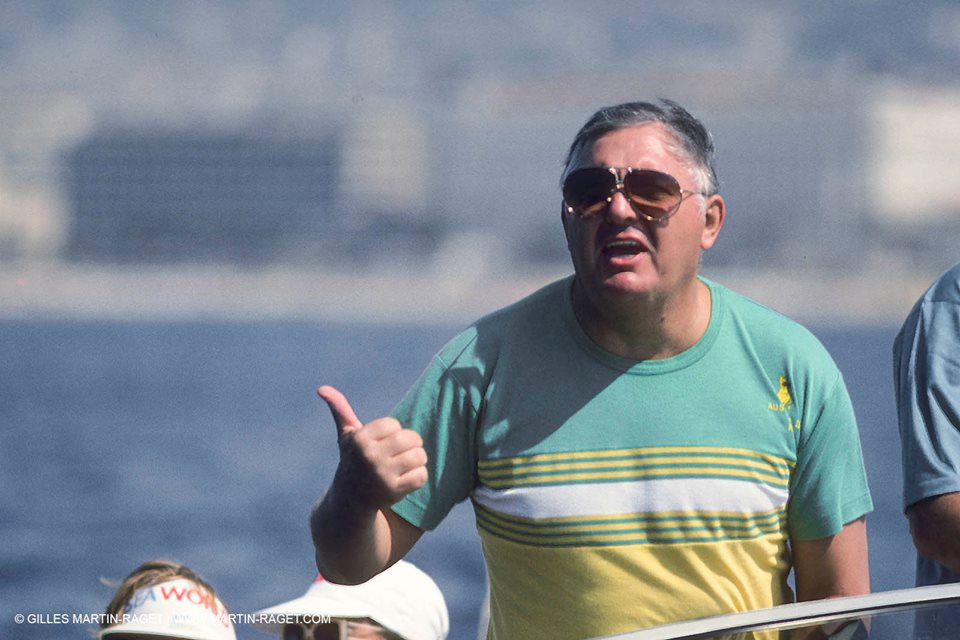
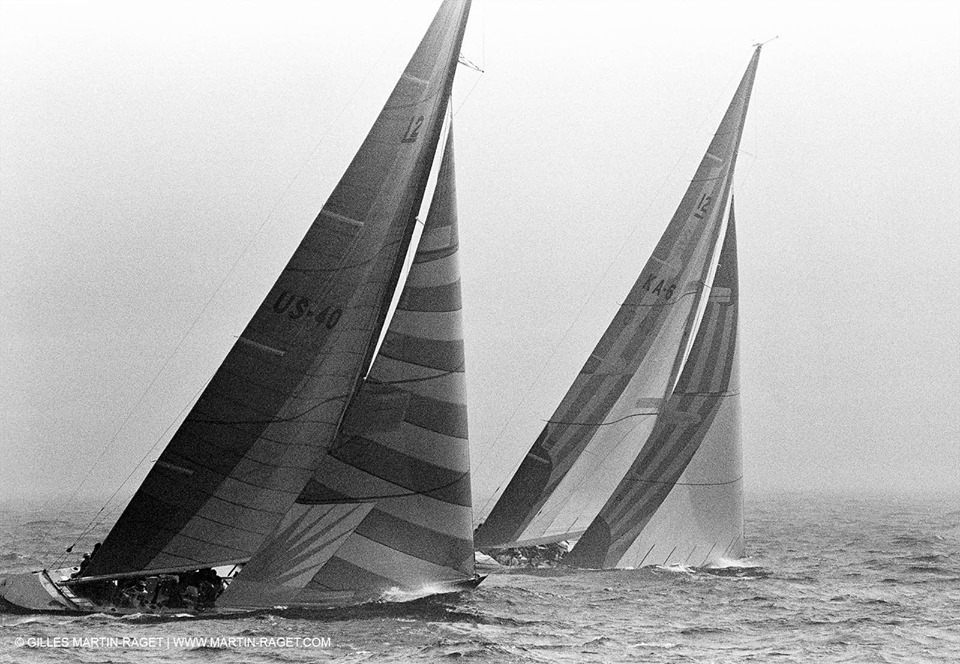
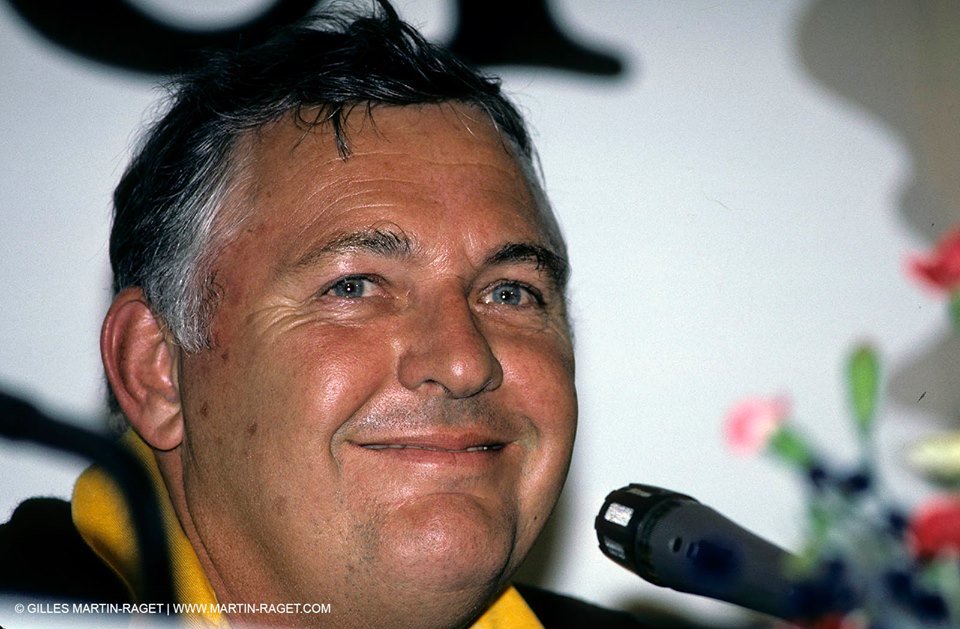

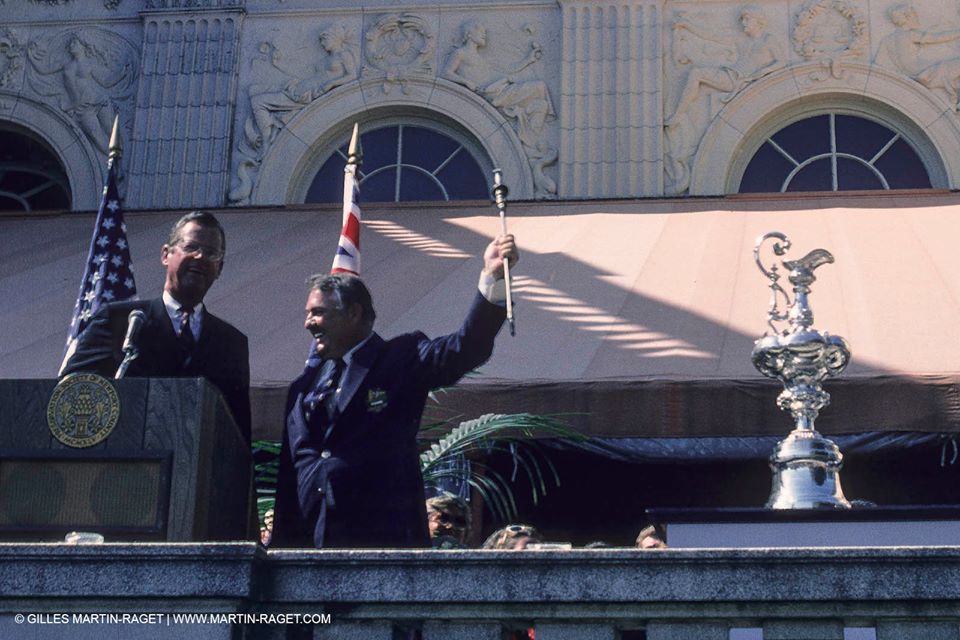



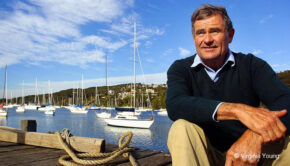
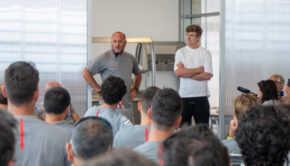
 We’ll keep your information safe.
We’ll keep your information safe.